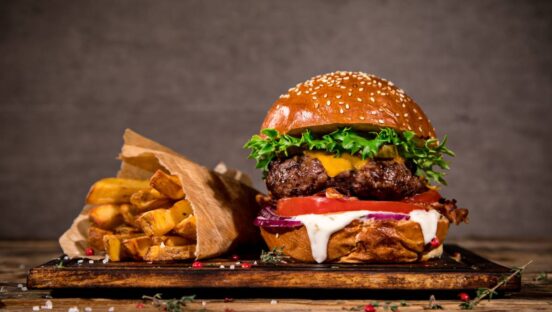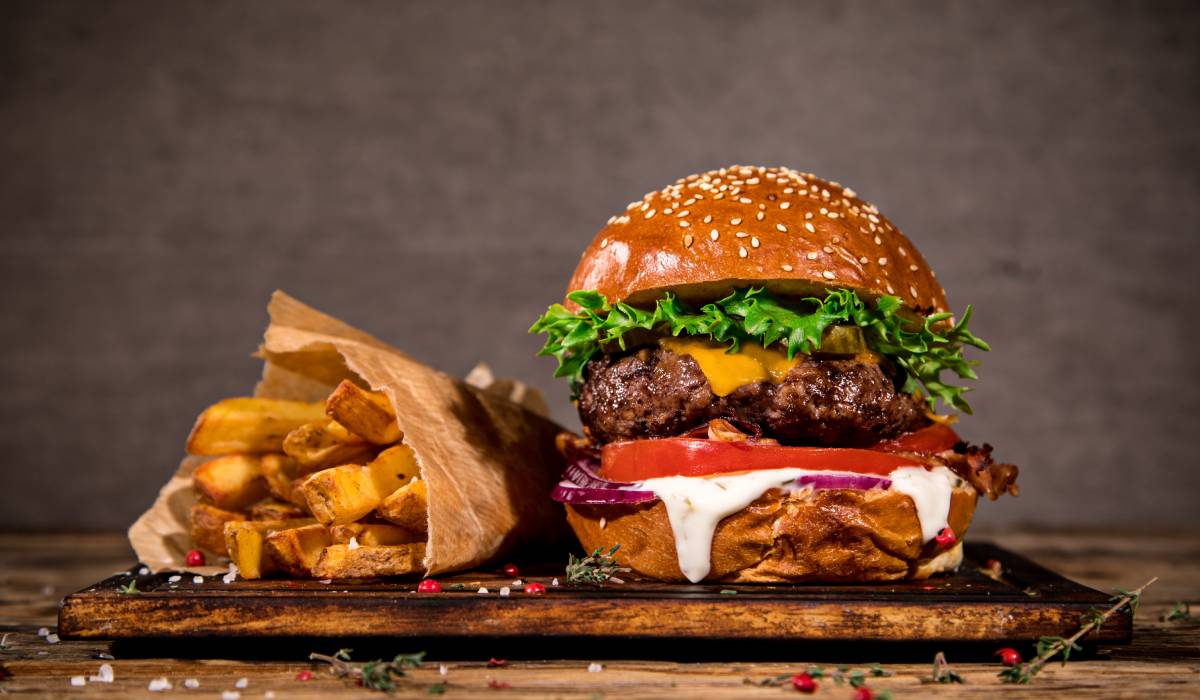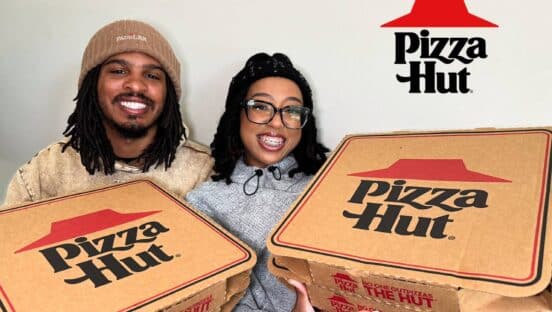Restaurant operators of late find themselves in a precarious position few have experienced: trying to figure out the best methods to price their menus amid a range of inflationary pressures.
The nation hasn’t experienced this level of inflation in 40 years, and, even then, restaurant operators were nowhere close to witnessing the type of labor shortages that are now joining with various supply issues to exacerbate more typical cost stresses, like rising energy prices.
“Pricing is really coming to the forefront,” says Tom Cook, principal at Westport, Connecticut-based restaurant consulting firm King-Casey. “Now, it’s not only the cost of goods that are going up, but the cost of labor that these operators have to face.”
Restaurants began encountering some of these concerns even before the economic turmoil created in the wake of COVID-19. Ingredient shortages over the years forced changes in menus and recipes, while labor concerns started appearing several years before the pandemic.
Unlike the past, however, when owners could focus on one issue at a time, “this is occurring on a massive scale that has people thinking of it in a separate way,” says Dirk Izzo, senior vice president and general manager at NCR Hospitality, which provides fiscal technology solutions.
There’s no doubt inflation has impacted what the consumer pays at limited-service restaurants. According to the U.S. Bureau of Labor Statistics, prices for meals and snacks at these eateries jumped 8 percent for the 12 months ending in January.
The BLS estimates overall food prices could rise another 4 percent in 2022.
“For the majority of operators, it will be very difficult to avoid raising prices, if not this year, then the next,” adds Maeve Webster, president of Vermont-based Menu Matters, a menu and strategic consulting firm. The issue then becomes, can quick-serves do so and not alienate customers?
Thus far, most experts suggest the best menu-pricing philosophy may to be to refrain from across-the-board or frequent price hikes, instead choosing more strategic increases. At the same time, they say guests have been largely tolerant of restaurateurs’ need to escalate prices.
“People have been more understanding than they’ve ever been,” says Jim Balis, managing director, Strategic Operations Group for CapitalSpring, which provides structured financing for the restaurant industry. Consumers are even willing to tip at fast-casual and quick-service units.
Observers also note some restaurants are making portions smaller as opposed to raising pricing multiple times, although that tactic is just as visible to customers as raising prices.
The trick going forward, as Webster suggests, is pricing menus in a way that will address the various cost increases facing operators without turning off so-far patient customers. And experts agree the key is a balancing act to protect margins without being hidebound.
“Operators need to be more flexible in terms of profit-margin objectives,” Cook says, admitting that’s easier said than done. While maintaining margins is the goal, eventually those may need to be relaxed or customers will feel exploited.
He suggests a three-pronged restaurant menu-pricing strategy that focuses on controlling costs—including through kitchen technology advances; ramping up data collection related to pricing and value; and communicating a brand’s value to guests.
Taking a “deep dive” of transactional data over recent years will provide necessary quantitative information, he adds, and an analysis of consumers’ attitudes regarding the value of products will let an operator know if an item has a “good perceived value and a chance to do a price increase.”
Having data also allows restaurants to let consumers know certain items “have very good price value, so guests realize the price increase is not going to be a showstopper,” Cook says. Alerting guests to items with perceived value is just as important.
Izzo echoed the call to use technology advances to offset labor cost pressures, ranging from separate make-lines for digital orders in the kitchen to kiosks and QR code contactless ordering in the lobby. And “bots” can take orders in drive-thru lanes.
He is another proponent of gathering data to help make good menu pricing decisions, not only which items—particularly high-profit ones—can carry price increases, but also how to market those as value propositions.
“Every restaurant is trying to figure out the elasticity on price and how much of an increase it can take without losing customers,” he says. “Data will help. You must realize your costs and understand your customers and their requirements. Determining that sweet spot is important.”
Any pricing strategy should consider a discounting plan where it makes sense, Balis says, such as pricing a premium, limited-time offer higher but also offering it as part of a discount concept, such as a bundle—making sure all of those maintain acceptable margins.
After considering specific menu pricing, “the next step is to look at the revenue channel,” he says. “You may want to price differently across the channels,” such as charging separately mobile or drive-thru service than for dining in.
With an investment portfolio that covers some 3,000 restaurants, mostly limited-service, CapitalSpring works with all kinds of owners—chains, franchises, and independents. While some are adamant on certain pricing issues, others are more flexible toward regional pressures.
“A lot of times the brand will give you liberty on pricing, but, say, if there’s an LTO, you have to abide by their pricing,” Balis says.
Webster advises operators to be honest with customers, but refrain from countless price hikes, because guests “will lack confidence” in the brand. “They won’t know what to expect in terms of what they may be paying.”
The pandemic also has changed the way people view a value proposition. “It’s not so much the cost, but what am I getting for it,” she says. Value can be enhanced not just by low prices or deep discounts, but by other factors, including hospitality, loyalty benefits, and ease of ordering.
While automation can save costs, hospitality is still important, including at limited-service restaurants. Several experts pointed to the Chick-fil-A’s success with stationing friendly employees in its drive-thru lanes to take face-to-face orders, a tactic some others followed.
“It’s demonstrating that you appreciate guests when they visit,” Webster adds. She cautions against relying so much on technology that it removes the human touch. “Otherwise, you are nothing more than a higher-level vending machine.”








